|
In 2010-2011 the Wide Field Infrared Survey Explorer (WISE) mapped the
entire sky in the near-infrared bands 3.4 µm (W1) and 4.6 µm (W2),
and the mid-infrared 12 µm (W3) and 22 µm (W4) bands. WISE imaging is a valuable resource
for many fields in astrophysics studies,
including the evolution and distribution of galaxies.
The infrared window is ideal for studying the stellar mass content and star formation history in galaxies,
sensitive to light from the dominant (evolved) stellar population (near-infrared), as well as star formation regions
and the interstellar medium (mid-infrared). It allows for both the stellar population and star-formation history to be investigated.
Stellar Mass: a combination of the W1 and W2 luminosities gives reasonable proxies for the stellar mass distribution in galaxies
because they trace the evolved stellar population, that emits mostly in the 1-3 µm range, which constitutes
most of the galaxy mass (Jarrett et al. 2011).
Moreover, the bands are relatively extinction free, with a constant W1-W2 colour independent of the age of the
stellar population and mass function (Jarrett et al. 2011).
The stellar mass relations were developed by Jarrett et al. (2013) and Cluver et al. (2014)
from WISE mass-to-light ratio relations and population synthesis models.
Star formation activity: WISE is used to measure the global star formation rates (SFRs) for galaxies.
Hot young stars emit ultraviolet (UV) photons which are primarily absorbed by dust and re-radiated at longer wavelengths.
The 12 µm band is sensitive to polycyclic aromatic hydrocarbon (PAH) emission arising
from the photon-dominated regions(PDRs) located at the boundaries of HII regions and molecular clouds.
The 22 µmm band is sensitive to warm dust emission, excited by star formation, arising in the vicinity of hot HII regions.
SFR relations from (Jarrett et al. 2013), calibrated using Spitzer 24 µmm photometry, and
Cluver et al. (2014), derived using GAMA Hα measurements, are used to gauge star
formation activity.
|
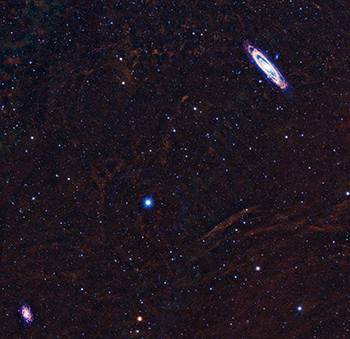
WISE panaroma of the M31 and M33 region of the sky
|
General: WISE Resolved Galaxy Catalogue
Goal -- Led by T. Jarrett, develop and execute an automated pipeline that characterizes and
extract photometric information for resolved galaxies. The end result will
be the WISE Extended Source Catalog, or WISE XSC. Pilot studies are now underway to
study in detail the Galactic Pole distributions (see below).
|
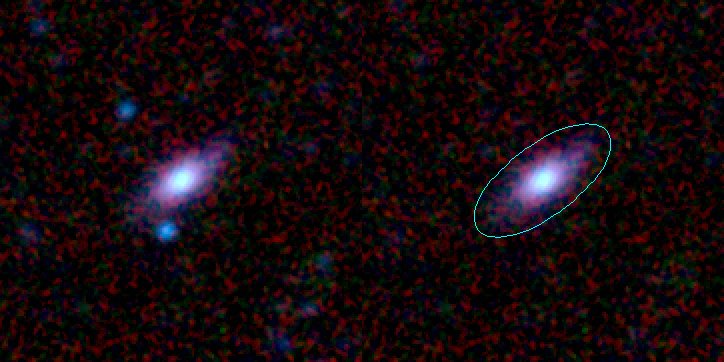 |
GAMA-WISE Synergy
Led by M. Cluver (UWC), the goal of this effort is to cross-match and characterize GAMA galaxies
at mid-infrared wavelengths (WISE). Preliminary results were published in
Cluver et al 2014.
|
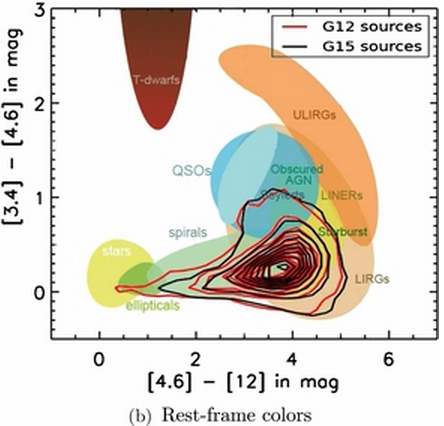 |
The Cosmic Web
Goal: Constructing the Large Scale Distribution of Galaxies in the Local Universe using all-sky
WISE, 2MASS, SuperCosmos and other data sets (e.g., GAMA) toward calibration and characterization of the all-sky distibutions.
Preliminary results were published in
Bilicki et al 2014.
|
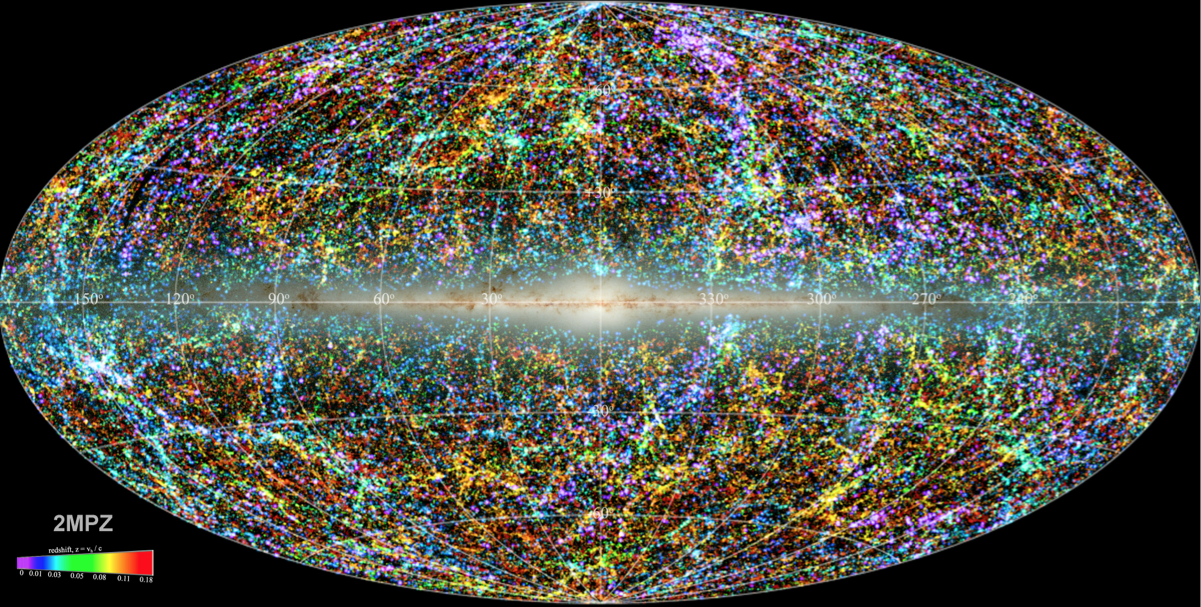 |
Galactic Poles
Encompassing over 600 sq. degrees, investigate the extragalactic populations in the Galactic polar caps.
Nearby galaxies are usually resolved by WISE and thus must be fully characterized and measured using methods appropriate to resolved and low surface brightness objects. At fainter flux levels (and redshifts great than ~0.2), WISE sources are unresolved, but also a challenge to distinguish from foreground stars. The NGP, led by T. Jarrett, represents the calibration field due to its significant overlap the GAMA G-12.
The SGP, led by C. Magoulas, will employ the methods used for the NGP to form a complete resolved and point-source catalog of the
south galactic cap region.
|
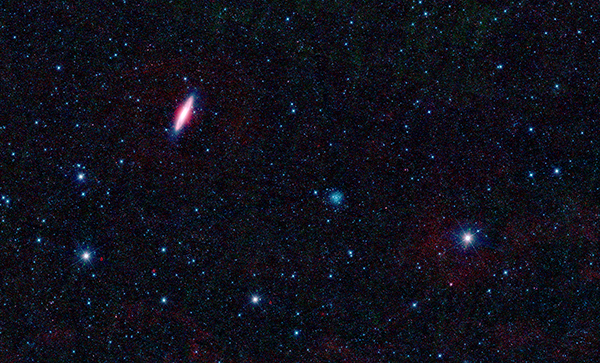 |
Large Galaxies and TF Studies
WISE imaging is especially suited for study of large, well resolved galaxies. Several samples are
now under study, including the largest galaxies in the sky (M31 and M33, see image above) and those
focused on multi-wavelegth studies (e.g., HALOGAS). Examples of large galaxies measured and extracted
by WISE can be seen in the WISE-SINGS sample.
|
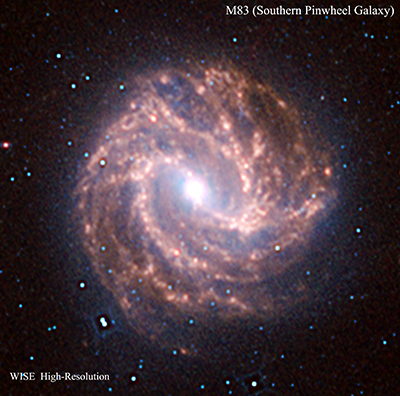 |





